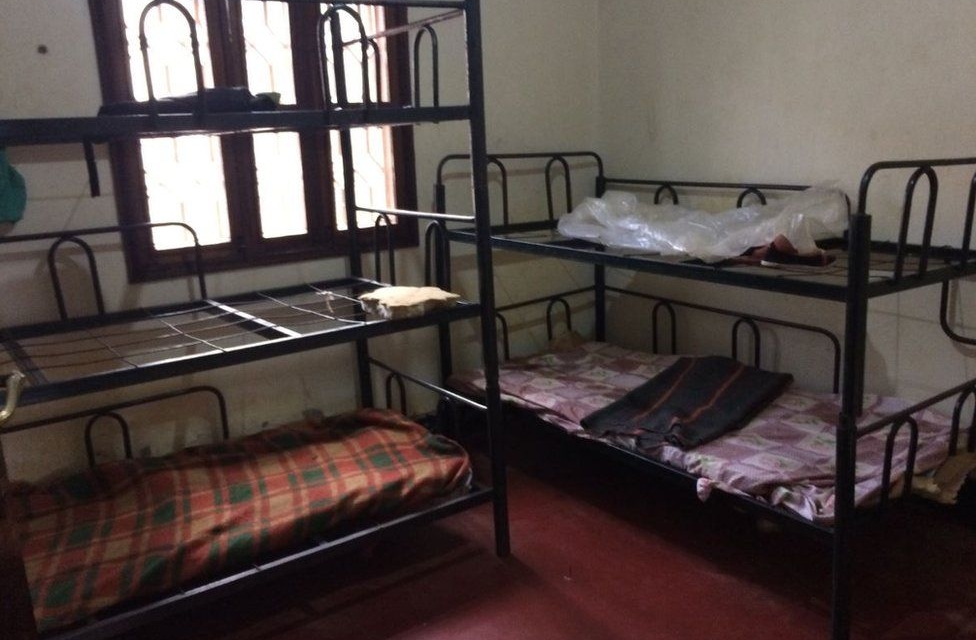Years of political instability, internal armed conflict accompanied by natural disasters and extreme poverty, have contributed to an increasing number of orphaned and vulnerable children in Nepal. A third of Nepal’s 12.6 million children are living below the poverty line with an estimated 5,000 street children among whom the majority are boys who escape from poverty and violence at home. While the state possesses financial as well as administrative responsibility for children at risk of abuse, neglect, or any kind of harm, little is being done to ensure measures for care and support or even to address this alarming situation. As a result, children are placed in institutions as a formal and immediate solution for providing alternative care, disregarding the negative consequences of institutionalization of children.
The United Nations defines institutionalization as “care provided in any non-family-based group setting”. This is an alternative care that includes orphanages, small group homes, transit/interim care centers, children’s homes, children’s villages/cottage complexes, and boarding schools used primarily for care purposes and as an alternative to a children’s home. However, most childcare homes formed to provide care, support, education, health services, and security to the needy children often fail to fulfill their purpose due to inadequate resources and lack of knowledge on child rights. Most institutions are established only to provide basic needs of the children whereas some childcare homes do not even meet the minimum standards, leaving the vulnerable children in neglect and isolation. Even residential care institutions with the best intentions for the wellbeing of vulnerable children are being forced to accommodate more than their capacity, space, and financial means due to insufficient coordination with the government leading to overcrowding and serious deprivation of basic needs.
Institutionalized children who are compelled to live in such conditions are not only fundamentally deprived of parental care, but they also tend to be segregated from larger parts of society due to the isolated nature of institutional care. Moreover, the lack of socialization and exposure within institutional care does not prepare them to participate in society later in life. The poor-quality standards lead to developmental damage for children living in such institutions. Alongside this, a large majority of these institutions still fail to acknowledge the psychosocial and emotional needs of children at risk apart from simply providing basic necessities.
The sad reality is that these children are unaware of their rights and often fall victims to physical, mental, or sexual abuse with repeating patterns of violence and exploitation while in residential care institutions.
The stakes of child trafficking also remain aggravatingly high in poverty-stricken areas, whereby parents from impoverished and low-income situations entrust people who promise better living conditions and education to their children. The consequence however is far from the hopes of these parents suffering from acute poverty as their children are placed in residential facilities or alternative care away from home with no sense of belonging.
The UN Convention on the Rights of the Child (UNCRC) clearly recognizes that the ideal setting for a child to grow up is within a family environment that provides an atmosphere of happiness, love and understanding. The former Central Child Welfare Board, now known as The National Child Rights Council, also acknowledged that institutionalization should be the last option to keep orphan and vulnerable children, yet there are negligible efforts in preventing separation from families or providing assistance with placement in family-based alternative care for children at risk. In addition to this, there is no systematic approach to regulate unnecessary placement in alternative care or to ensure that only children in need are provided the most appropriate forms of alternative care catering to their personal needs.
Ultimately, there are very few children at risk who get help for placement in family-based alternative care and even the ones that receive this support are facilitated by non-governmental organizations, as there is no formally structured provision of foster care, or elaboration of procedures, regulations, and monitoring of foster provision mandated in law, despite the identification of foster care as a preferential form of alternative care by the Nepalese Children’s Act (1992). Therefore, a stronger focus on rehabilitation and reintegration must be undertaken by returning these vulnerable and isolated children from institutional care into a sustainable family network ensuring support and security.
It is crucial for the state to aim for a more individualized system of care and step away from opting for institutional care and be responsive towards the rights and needs of children at risk. Working alongside existing residential care centers and NGOs to ensure rehabilitation and development of the children is necessary. Additionally, the government must mandate mechanisms of the national child protection system and consistently regulate the activities of childcare homes and residential facilities.



